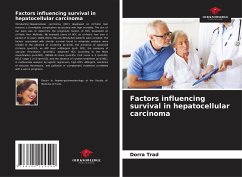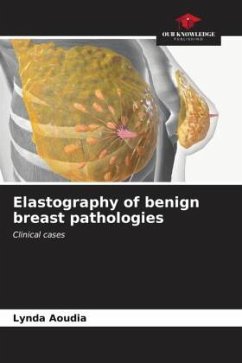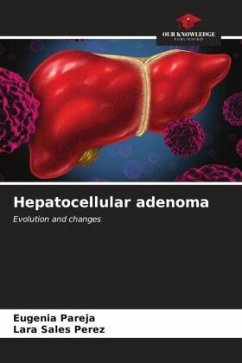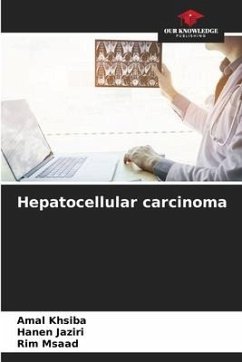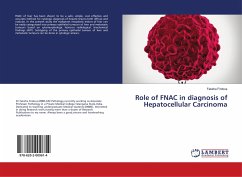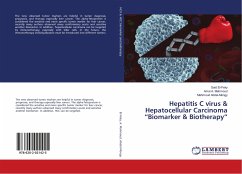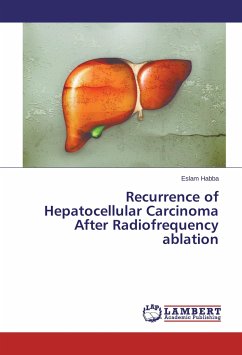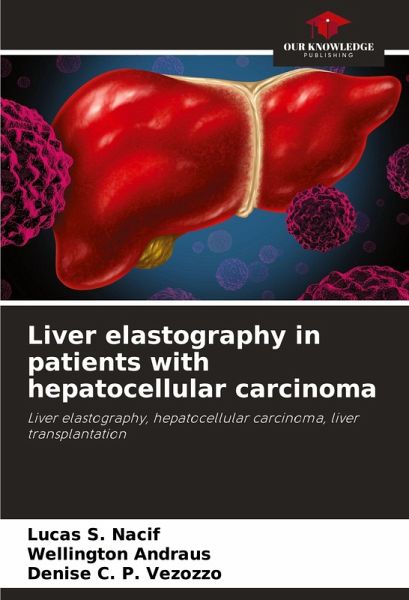
Liver elastography in patients with hepatocellular carcinoma
Liver elastography, hepatocellular carcinoma, liver transplantation
Versandkostenfrei!
Versandfertig in 6-10 Tagen
27,99 €
inkl. MwSt.

PAYBACK Punkte
14 °P sammeln!
Cirrhosis is the eighth leading cause of death worldwide, and its progression and staging are extremely important in patients with end-stage liver disease. The presence of cirrhosis is recognized as an increased risk for hepatocellular carcinoma (HCC), and its onset is directly related to the degree of liver fibrosis. In the last decade, there has been the development and refinement of methods for predicting the degree of fibrosis and cirrhosis through noninvasive methods, with the aim of replacing liver biopsy. The population on the waiting list for liver transplantation has different degrees...
Cirrhosis is the eighth leading cause of death worldwide, and its progression and staging are extremely important in patients with end-stage liver disease. The presence of cirrhosis is recognized as an increased risk for hepatocellular carcinoma (HCC), and its onset is directly related to the degree of liver fibrosis. In the last decade, there has been the development and refinement of methods for predicting the degree of fibrosis and cirrhosis through noninvasive methods, with the aim of replacing liver biopsy. The population on the waiting list for liver transplantation has different degrees of liver fibrosis, which may not be directly related to MELD. In addition, these patients have HCC at the time of screening for liver transplantation. There is no evaluation of this population by elastography. The objective of this study was to evaluate patients undergoing screening for liver transplantation, with and without hepatocellular carcinoma, using liver elastography with Fibroscan® and ARFI. Elastography is an important non-invasive tool for monitoring severe cirrhosis and can aid in the management of hepatocellular carcinoma.



